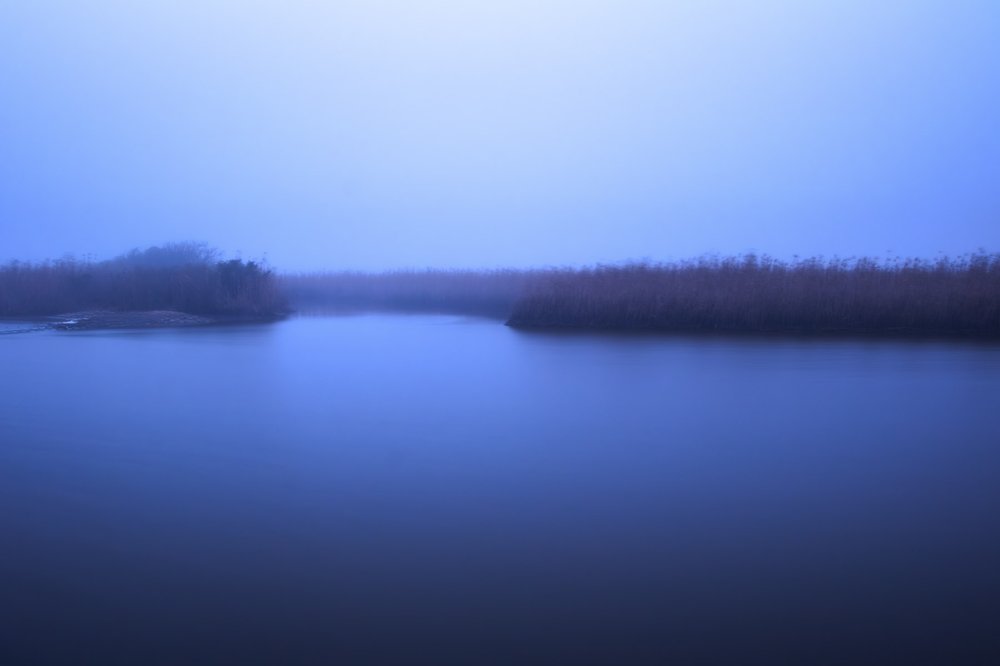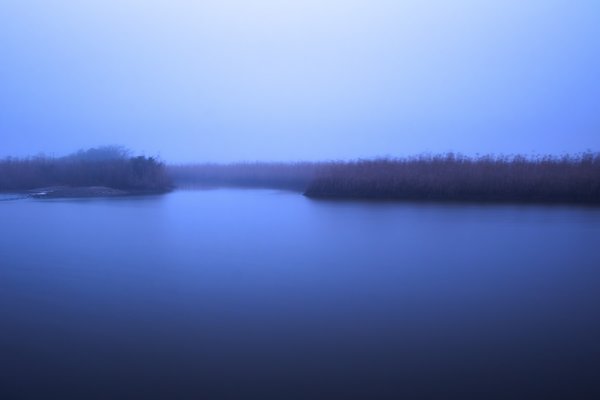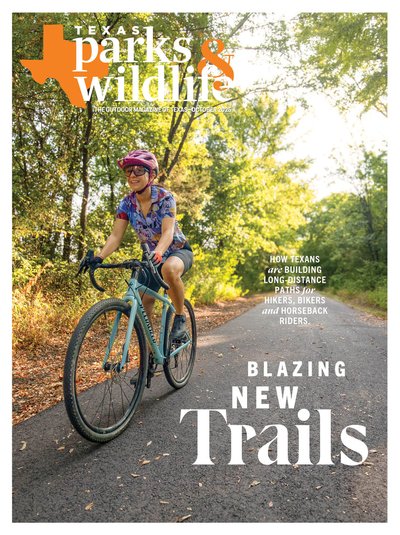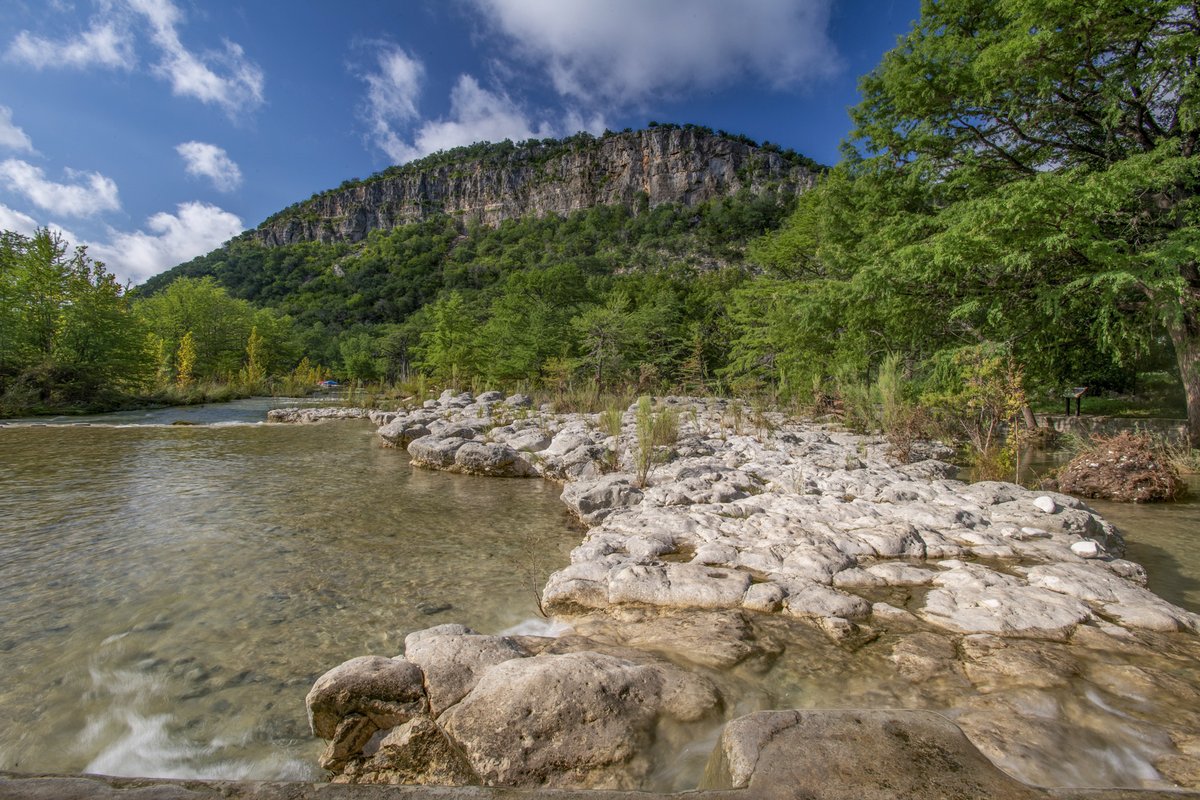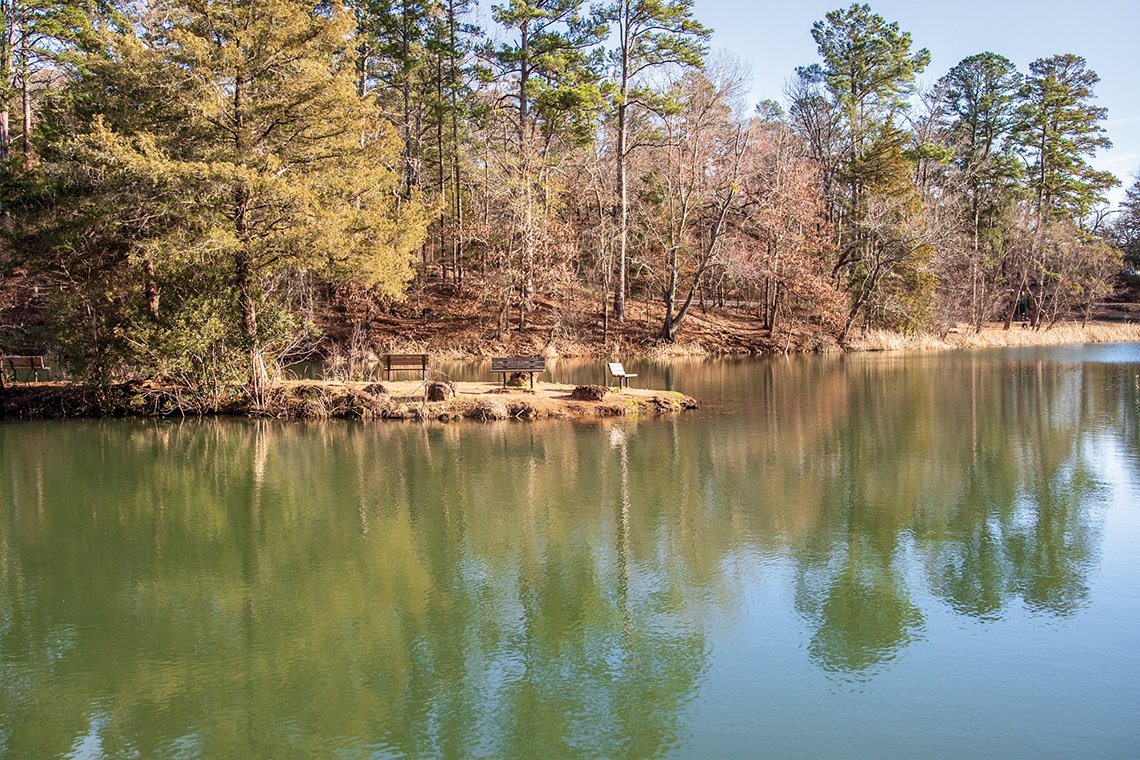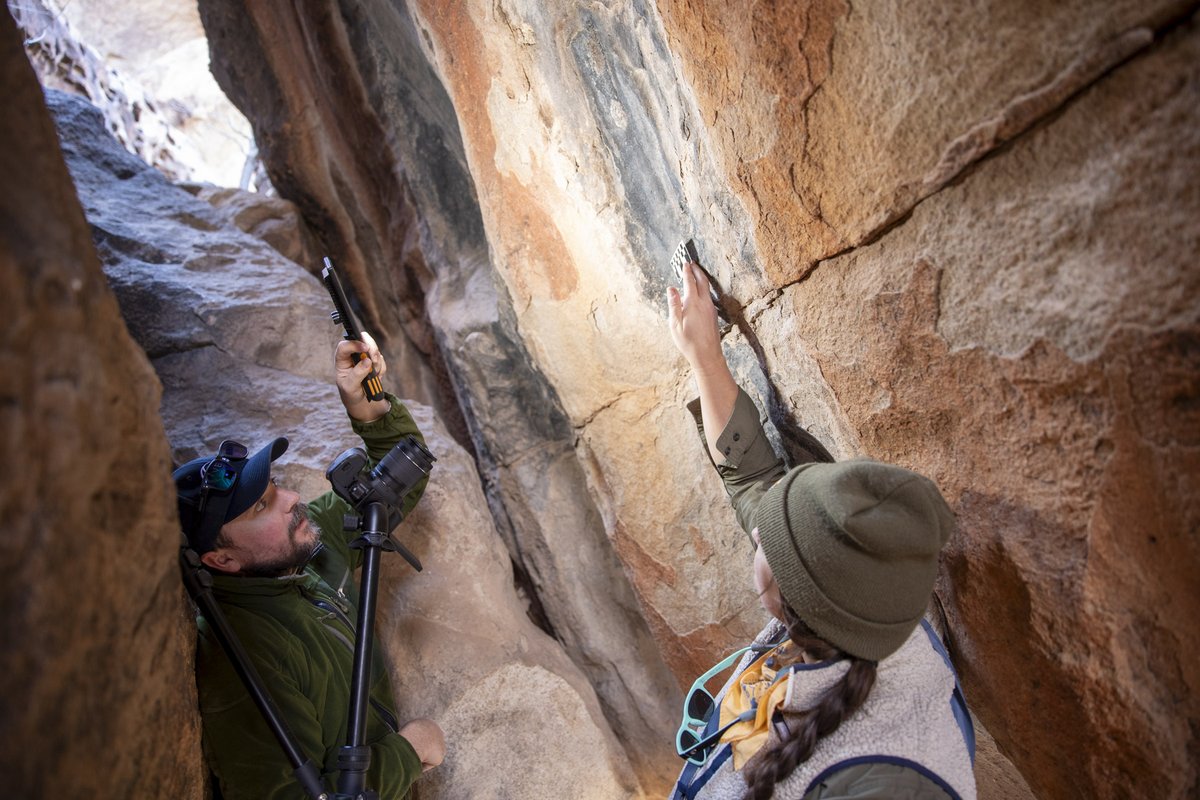It begins as nothing more than a trickle from a hillside seep in Northeast Texas. By the time the rivulet passes beneath FM 773 southwest of Van, it has grown to an unremarkable creek. Its shallow channel hooks and meanders beneath a tunnel of hardwood trees.
I stand on the bank with my son, Robert, and his girlfriend, Addy, staring into the creek’s warm, brown water. We are cocooned in stillness. Blackstripe topminnows dart just below the surface, occasionally sending out soft ripples. In the trees above, a white-eyed vireo calls out, “Quick, bring the beer check.” This is as close as we can get on public land to the source of the Neches River. From its trickling headwaters, the river stretches 416 miles in an ever-expanding channel to its mouth at Sabine Lake on the Upper Texas Coast.
The Neches River holds profound significance in Texas as both a natural landmark and cultural lifeline. It flows through the heart of East Texas, helping define the landscape and culture there. The Neches contains some of Texas’ most biodiverse ecosystems and best remaining bottomland hardwood forest. To better understand this vital East Texas waterway, Robert, Addy and I will explore four parks along the river that tell the story of its ecological and cultural importance. To begin our journey, we head south from the river’s humble headwaters.
Chandler Upper Neches Paddling Trail
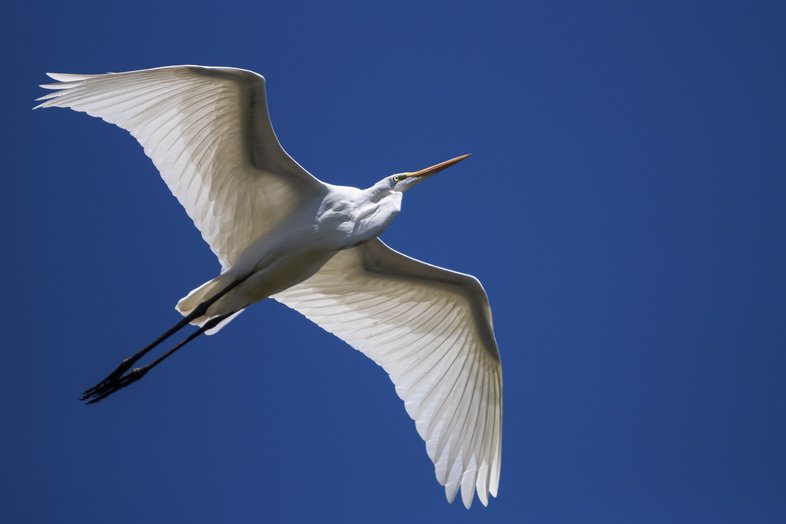
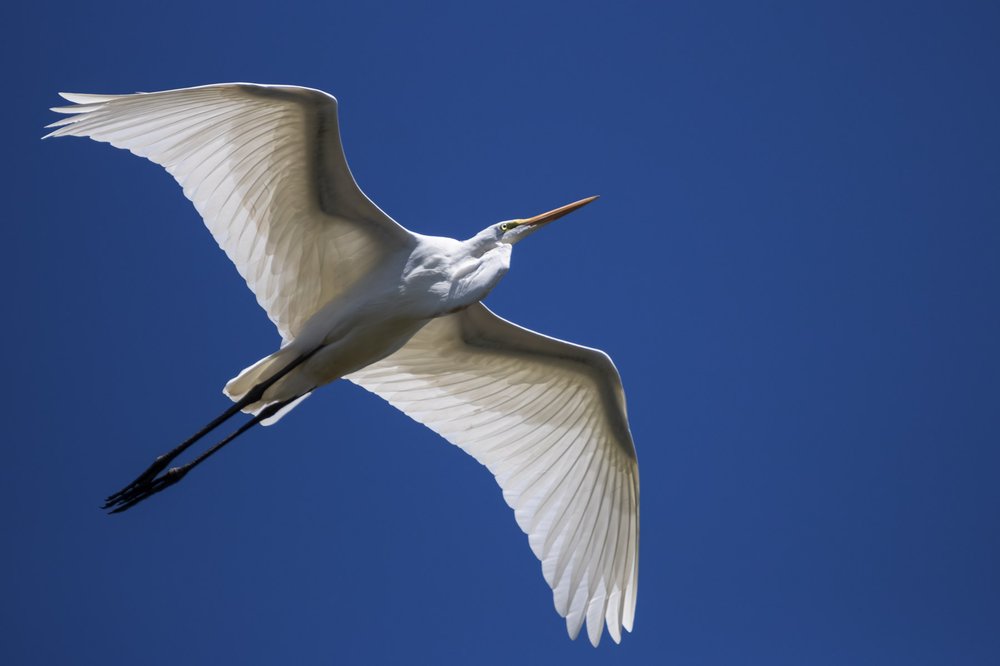
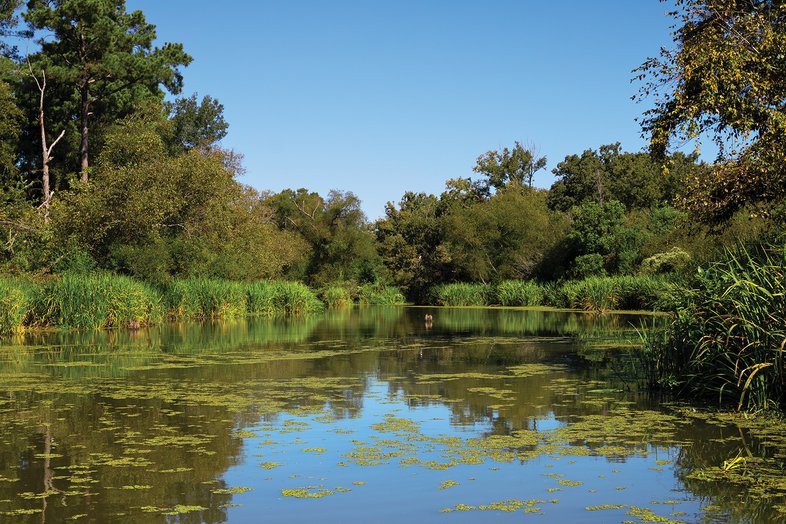
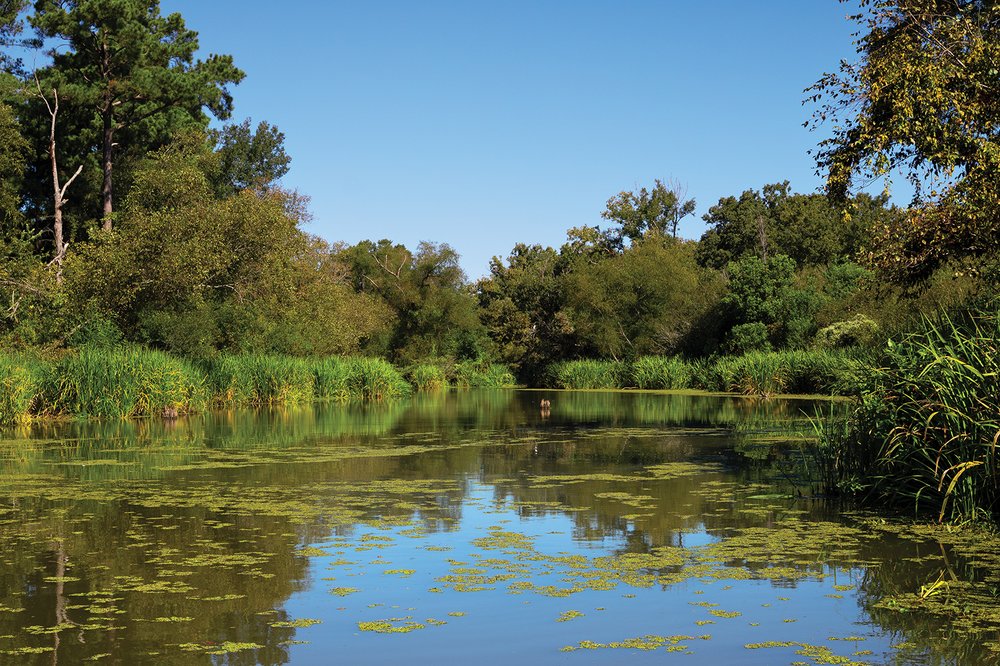
TO THE EAST of Chandler, the Texas Parks and Wildlife Department (TPWD) hosts the Chandler Upper Neches Paddling Trail, which begins in River Park and heads downstream to Lake Palestine. Here, the Neches has become a small river fed by various springs and creeks. The drainage basin is ancient, carved over millennia by the meltwaters of retreating glaciers. Its present-day course took shape during the great thawing of the Pleistocene epoch 12,000 years ago.
It is a perfect September morning when Robert and I strike out in a canoe. Today, egrets and herons hunt from the shoreline, rather than the saber-toothed cats and dire wolves of the Pleistocene. Red-eared sliders consider us warily as we drift past their sunning stumps. Dragonflies follow along.
Initially, the river is narrow and shaded, but it continually widens as we close in on the lake. We deviate into a large cove, one of many created by backup from the reservoir. Historically, the Neches served as a crucial transportation corridor for Native American tribes, particularly the Caddo. Spanish and French explorers later used the river for navigation and trade.
Several black vultures harass a turkey vulture over a fish carcass on a small island, forcefully chest-butting the big guy to steal the spoils. Nearly 200 years ago, the river was witness to a more profound fight, the Battle of the Neches in 1839. It was here that Cherokee Chief John Watts Bowles was killed and the tribe expelled from the Republic of Texas on orders of President Mirabeau Lamar.
Neches River National Wildlife Refuge
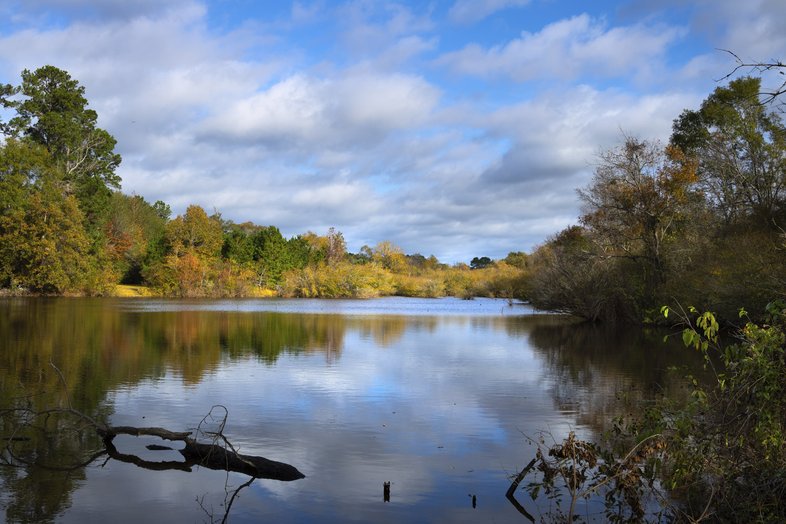
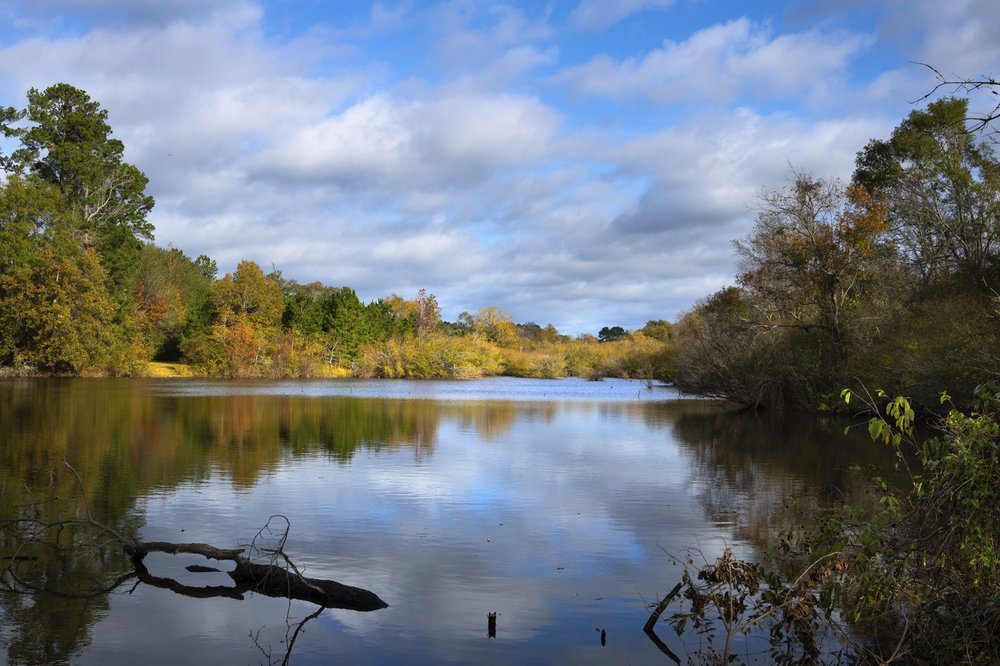
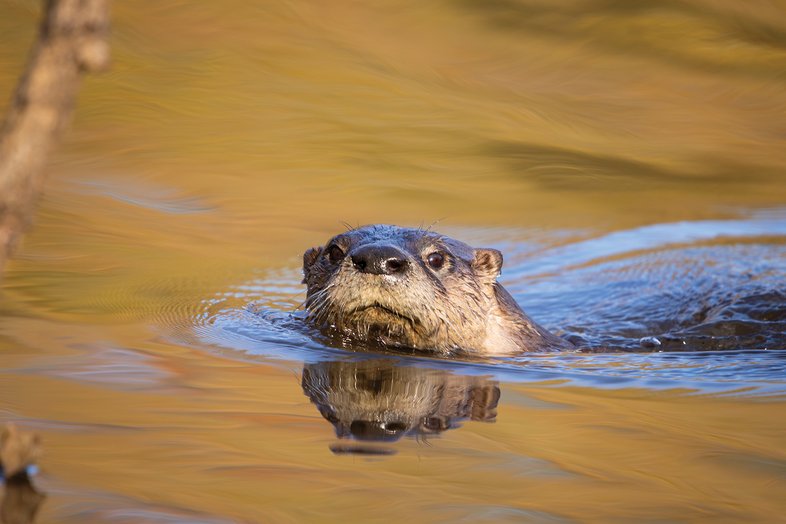
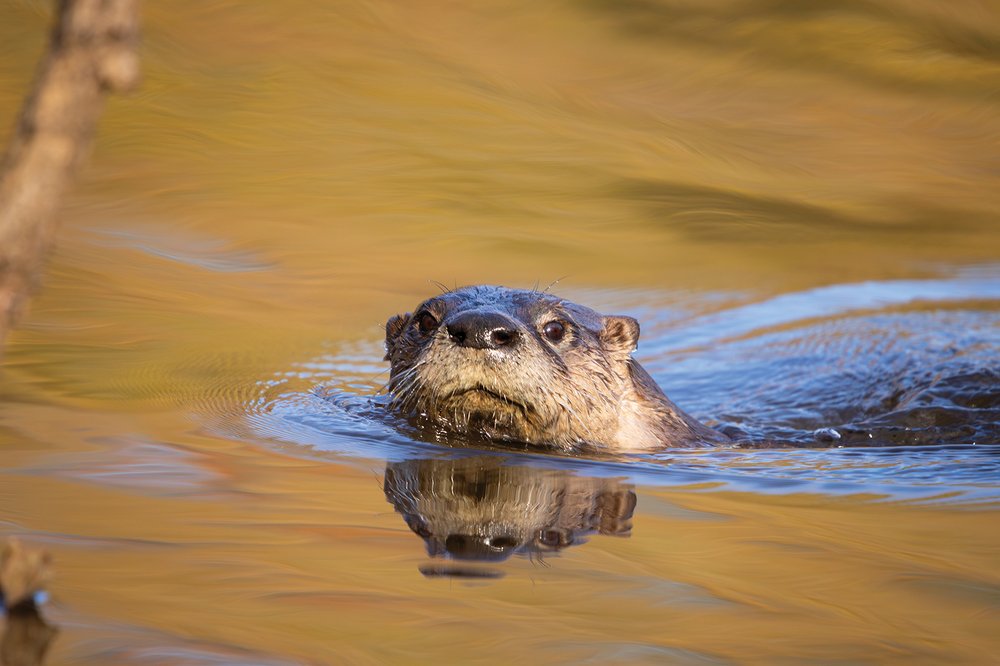
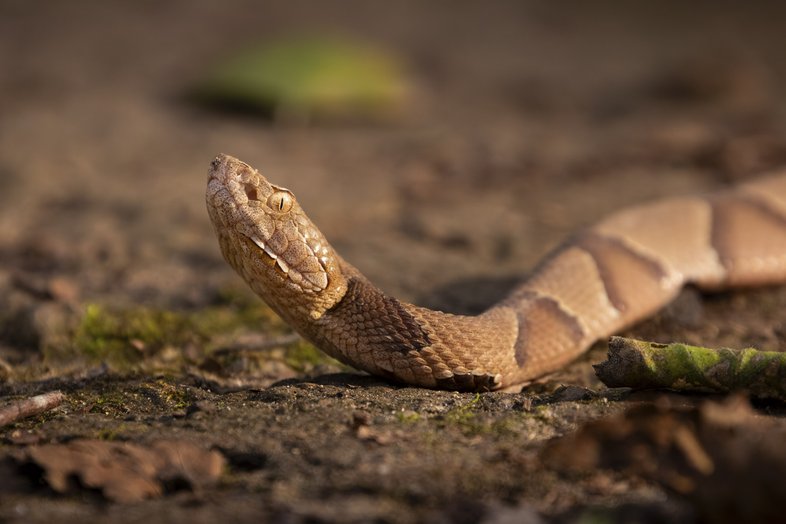
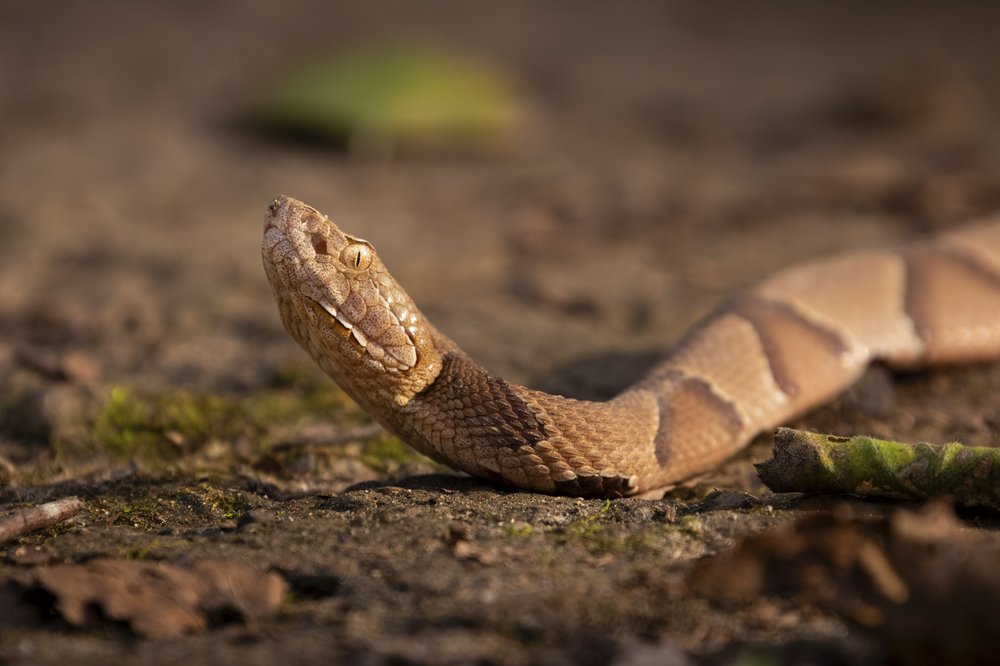
DOWNSTREAM FROM Lake Palestine, the river flows through a primeval world of watery woodlands. A battle of a different sort was waged here — a grassroots effort to save a premier bottomland hardwood forest from inundation by another reservoir. From this conflict, the Neches River National Wildlife Refuge was born.
It is November when Robert and I visit the refuge. Dramatic clouds sail an azure sky. Within minutes, we are surprised by four river otters cavorting with a fish on the trail ahead. When they disappear into the water, we quickly move up to the spot they had occupied and find them swimming not too far away. To my astonishment, they approach within a few yards of us, emanating a quiet chuffing sound. Our day is already made!
We continue onward to Dead Water Lake and find it is loaded with wood ducks and mallards. Songbirds dance around us. The movement of a tiny DeKay's brownsnake catches our attention, so we squat down to inspect it up close. As it scurries away, I glance at the trail beyond Robert. To my shock, a copperhead is sprawled out directly behind him like a fallen branch. It is a gorgeous creature, with captivating coppery eyes.
Although a nurturer of life, the Neches is also a force to be reckoned with. Racing, raging and roaring during flood stage, the temperamental river’s power is breathtaking to witness as it scours everything in its path. But according to refuge manager Leo Gustafson, this is part of the river’s function. When the banks overflow, the current brings nourishment to the river bottom by depositing rich sediments and oxygenated water. “With all the water coming in, it also brings in fresh reserves of wildlife, too. So, you got your fish and your crayfish and insects, and things like that. Spiders come in with the water.”
Gustafson cites flood alleviation as one of the refuge’s biggest benefits for residents of the river’s basin. During the heavy floods of spring 2024, “we got about 40 inches of rain in two months … that’s a lot! … Whenever the river gets up that high, it does start to flood over … but that’s the river doing what it needs to do during the flood. [The refuge] takes that water in and spreads it out, so that the flooding is not so bad in other places.”
Martin Dies Jr. State Park
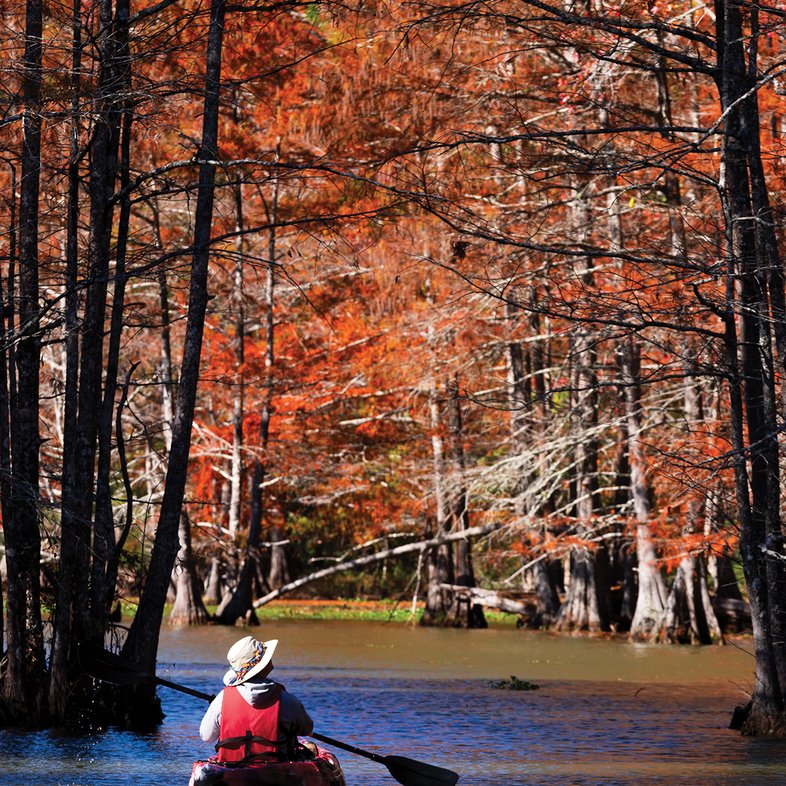
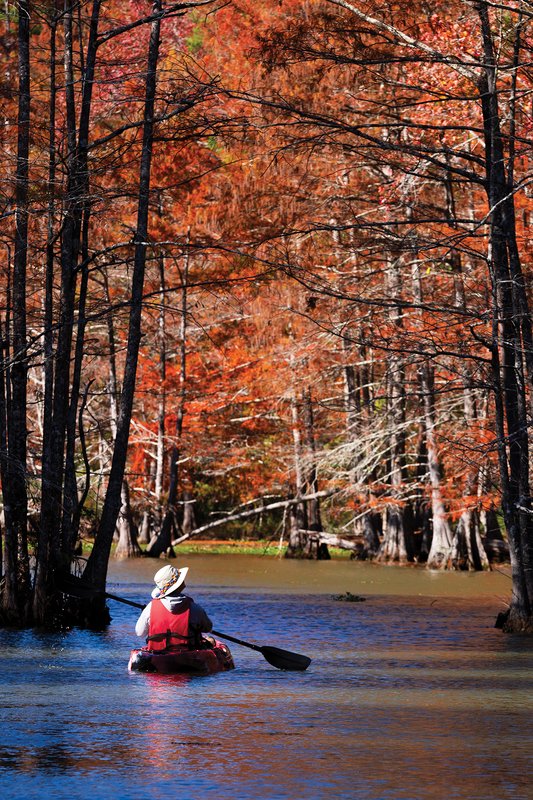
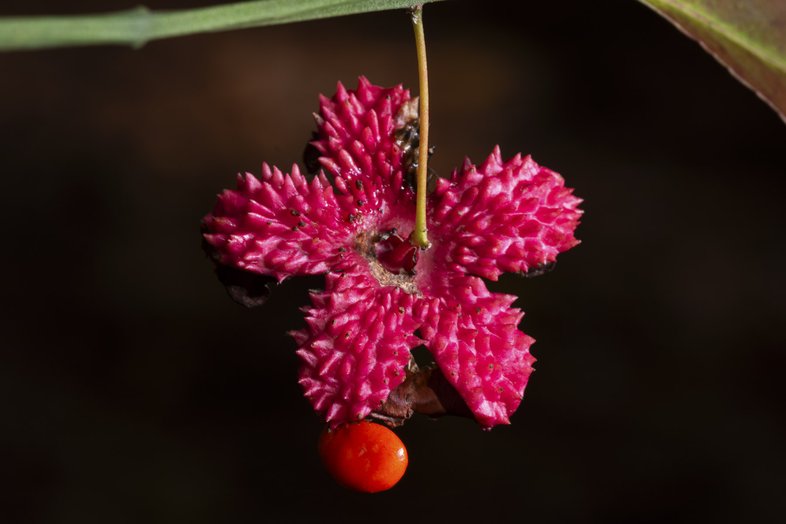
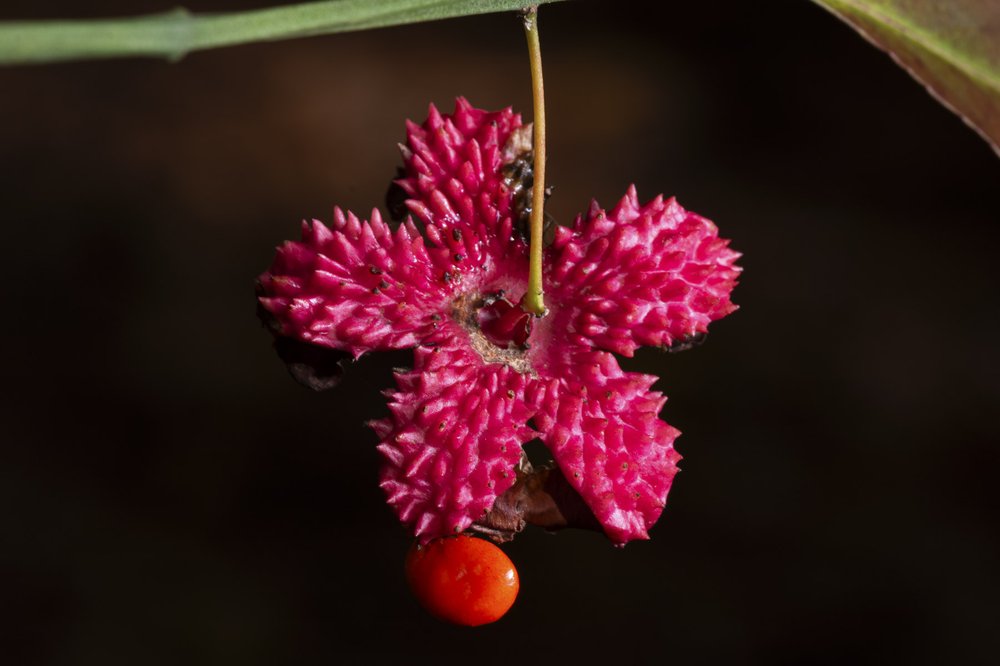
BELOW THE wildlife refuge, the Neches threads the boundaries of Davy Crockett and Angelina national forests before filling the B.A. Steinhagen Reservoir near Jasper. Martin Dies Jr. State Park is nestled upon the lake’s peaceful banks.
Robert, Addy and I embark on a kayaking adventure along TPWD’s Sandy Creek Paddling Trail. Our vessels slice through reflections of bright blue sky and dazzling russet-red cypress needles on this delightful December day, our happiness swirling in the eddies with each dip of the paddle. As we make our way into sheltered coves, turtles watch us from their sunning logs. Egrets and kingfishers reluctantly rouse themselves from their perches with a bit of mild protest.
We are paddling past the upper terraces cut long ago by the Neches. The slope forests and backwater sloughs within the park contain an incredible diversity of plant life. The enormousness of the trees, especially on the Island Trail, provides an inkling of how awe-inspiring the virgin forests must have been before the rapacious logging of the 1880s to 1930s.
Stately magnolias and pines tower dizzyingly overhead. A couple of beech trees boast such huge buttresses, a child could hide within them. But the small things should not be overlooked. There are tenuously clinging water droplets to reflect upon, cavalcades of freshly plumped mushrooms to consider and the bizarre dangling fruits of strawberry bushes to ponder. This is a spectacular natural playground.
Lower Neches Wildlife Management Area
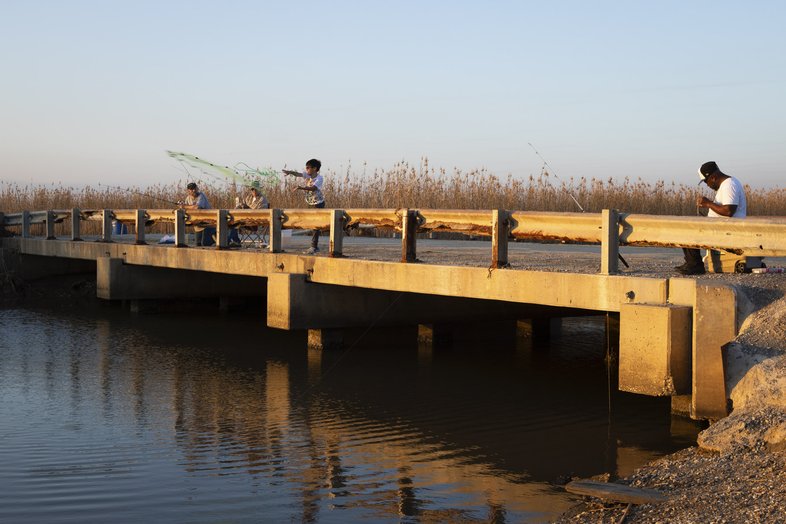
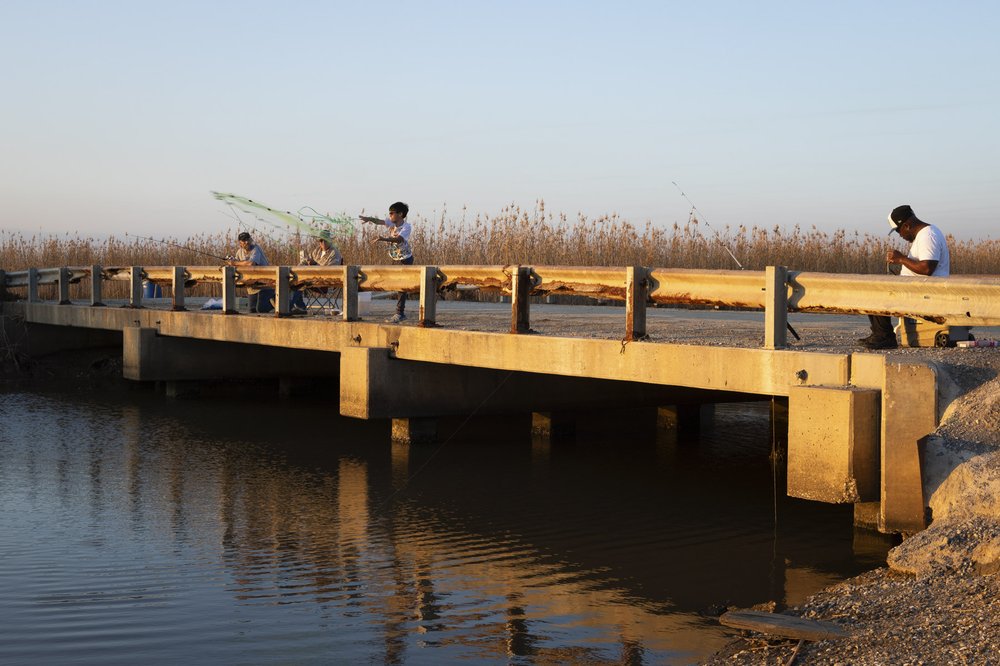
BEYOND STEINHAGEN'S dam, Big Thicket National Preserve protects approximately 80 miles of the Neches. By the time the river approaches the Port of Beaumont, it runs broad and strong past vast cypress swamps, unrecognizable from the shallow wooded stream at its headwaters. After passing beneath Interstate 10, the swamps give way to immense shipyards and industrial complexes. At its southernmost reaches, it nurtures a life-sustaining estuary consisting of 90,000-acre Sabine Lake and a maze of salt marshes cradled between the Texas-Louisiana border.
The mouth of the Neches on Sabine Lake can be reached by the public only via boat. We opt to visit TPWD’s Lower Neches Wildlife Management Area near Bridge City. We spend all day wandering about the Old River and Nelda Stark units, enjoying marshes, backwaters and a bounty of birds. It is early February, and the sea of reeds is awash in gold. Ospreys are numerous and clearly enjoying a high rate of fishing success. This bodes well for the folks fishing along the water’s edge.
As our day is winding down, we drive to the Old River Bayou crossing, where we chat with a family fishing from the bridge. Young Miles is net casting, displaying impressive skill with each throw. He is there with his father, Travis, and grandfather Scott, known as “Pa.” They represent three out of five generations of kin who have forever fished up and down the Neches. Miles casts quietly, respecting another fisherman nearby. When his net gets caught in the clutches of underwater debris, Pa quietly points out that Miles is not whining about his predicament, adding, “I’m real proud of him.” The family’s bond, cemented by their time spent along the Neches, is unquestionable.
I want to know more about how the estuary benefits Texans, so I meet up with Michael Rezsutek, leader of TPWD’s Upper Coast Wetland Ecosystem Project. He describes the estuary as “nursery grounds for all the commercially and recreationally important species of fish and shellfish harvested in this area. … If you look at the number of dollars that get spent on fishing licenses, [boat fuel], fishing tackle, hotel rooms and restaurants … just the economic impact is really substantial.” The marshes also provide critical storm surge protection for housing, industry and economic activities and a stable, estuarine ecosystem for our continental waterfowl population. “Typically, the Texas coast winters at least half of the waterfowl population of the Central Flyway every year,” Rezsutek continues, emphasizing that this represents millions of birds along the entire Texas coastal region.
Repository of Life
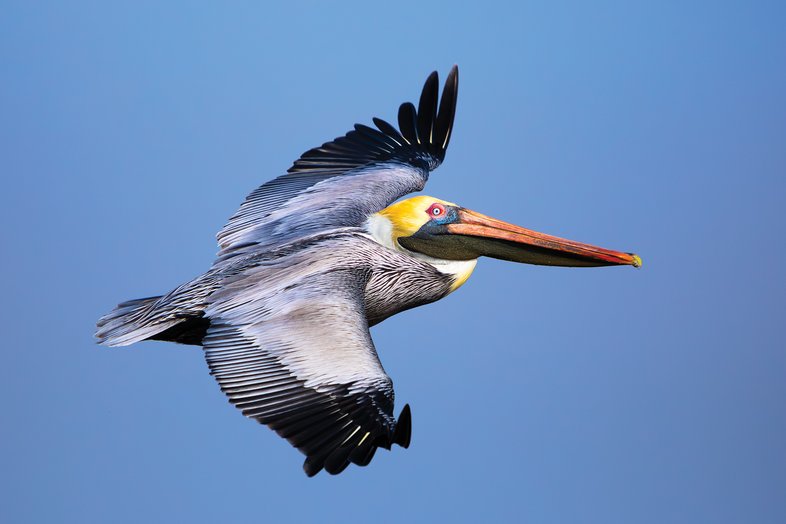
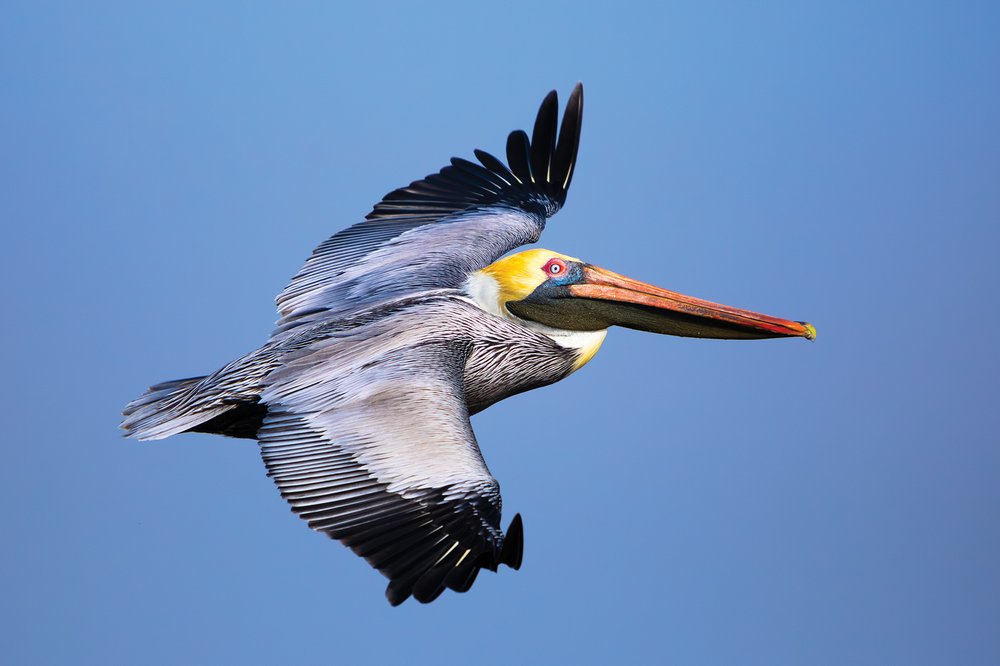
MORNINGS AND evenings blanket the marshlands with a great sense of peace. We return once more to the Lower Neches WMA to experience its enchantment at dusk. As the sun disappears below the marsh grasses, an ethereal fog rolls in along the canal. Fish jump in the shallows, while water trickles softly over a low dam. I stare into the hypnotic void and think about our explorations along the course of the Neches River, from trickling headwaters to the vast Sabine Lake. These parks not only provide access to the Neches but contribute to the conservation of this marvelous repository of life.
